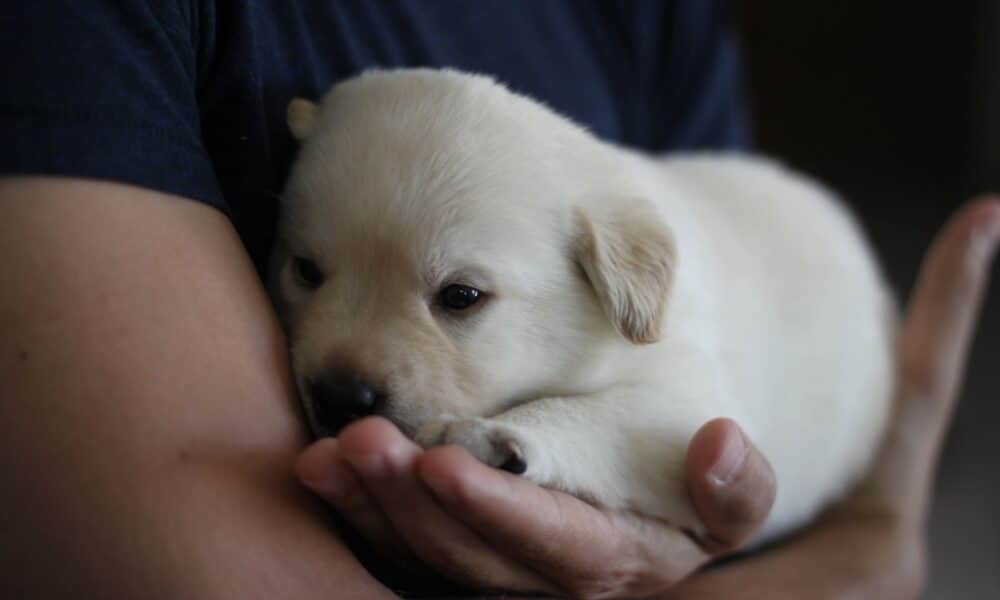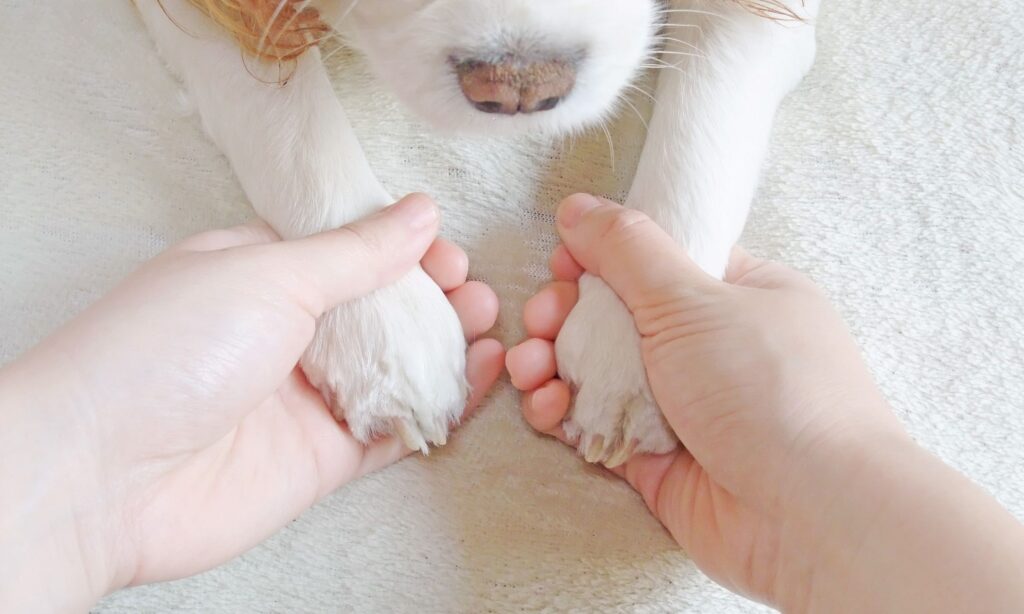

If you just got a new puppy, congratulations! Getting a new fur baby for the first time is as exciting as it is intimidating. Raising a puppy isn’t an easy task, but this is the most crucial time for you to train your new furry friend. It is a long process that takes a boatload of patience, but is completely worth it in the end. In this blog post, we talk about some basic tips to help you train your new puppy.


Potty Training
Let’s be honest, no matter how cute and fluffy our dogs are, peeing and pooping inside the house is not fun. This is why potty training them as soon as you bring a new puppy home is critical. By setting regular schedules when you feed your pup, play with him, and bring him out for a walk or his potty break, you will make things easier to condition your dog and know when it’s time to go potty. Set a designated area as well for them to do their business. Consistency is key here, and you’ll want them to go potty after their meals, after they wake up, before they go to bed at night, and after puppy play time.


Socializing
Your puppy shouldn’t be stuck within the 4 walls of your house. Dogs that lack socialization can be aggressive, fearful or anxious with new people or dogs when they’re older. Especially if you want your dog to properly behave when you have visitors or be among fellow canines, you should socialize them early. This simply involves exposing your dog to new people, experiences, places, and other dogs.


Crate Training
Crate training allows the crate to be your dog’s safe space once they get used to it. It can be their sanctuary where they sleep and rest, or hide when they feel scared. It’s also a great way to confine your puppy when you can’t supervise them. Once you purchase the right crate that’s suitable to their size, be sure to keep the crate always open at home so that your pup can freely explore the crate without feeling anxious. When your dog begins to feel comfortable inside the crate, reward him as well. If your dog is hesitant to go inside the crate, you can place some treats inside.


Bite Inhibition
Puppies have smaller, sharper teeth. When you first feed them from your hand, you have to be extra careful, especially because some puppies bite like piranhas! You want them to learn to bite gently, so that when they become adults, you feel confident that they won’t bite your fingers off when you feed them. During play time, allow your dog to use his mouth, but stop playtime when they bite too hard. You can also do a bit of yelling and pretend you’re in a lot of pain if they bite you too hard to let them know that it hurts you. Practice as well by constantly feeding them kibble from your hands.


Positive Reinforcement
Dogs don’t understand what a punishment is. So if you shout at them or hit them for unwanted behavior, they’ll just become anxious or even angry around you. This is why positive reinforcement is the best way to go about training and conditioning your puppy. When they do something favorable, always reward them. Positive reinforcement can come in the form of praise, touch, or treats. When you reward them during their training sessions, they’ll look forward to the next one. On the flip side, if they do unwanted behavior, simply ignore them. The key is to make your puppy want to do more good behaviors and understand that bad behaviors don’t get them anywhere.


Create House Rules (for dogs and humans)
House rules don’t just involve your dog. If you have multiple people in the household, you’ll want to establish house rules for them too. Everyone has to be on the same page and train your dog with the same set of rules. Consistency must be observed by everyone or else your dog will get confused. You’ll also want everyone to be involved in the training process, that way your dog isn’t attached to just one person.
And there you have it! Those are the basic steps you can take to slowly train your pup to become the well-behaved, good dog that he should be. Once you have all that established, you can slowly train them to do the basic commands such as sit, down, stay, and come.



